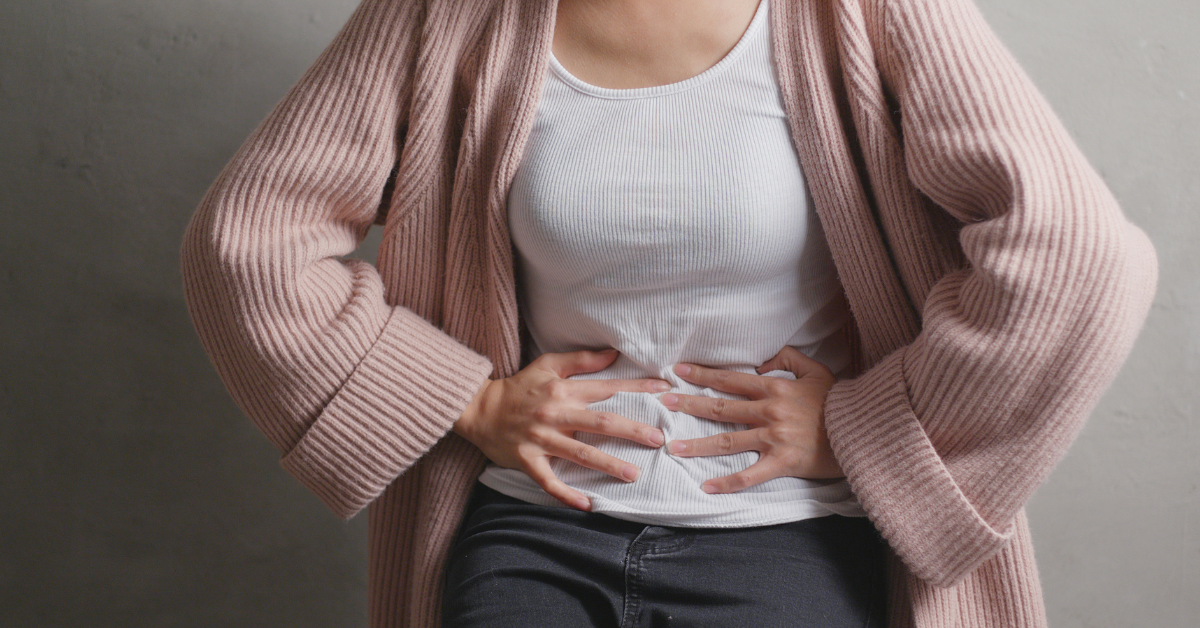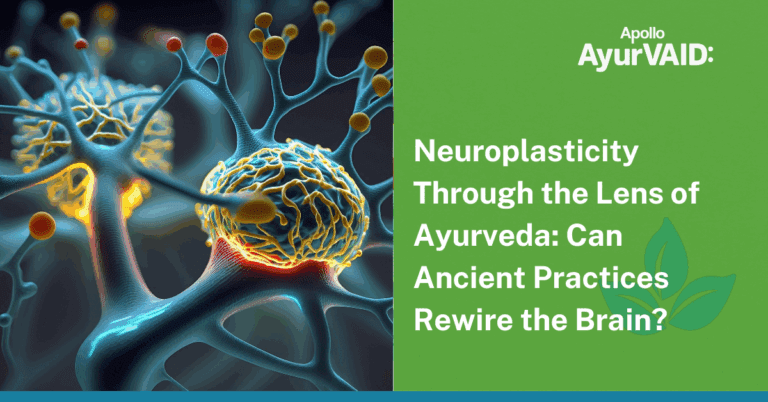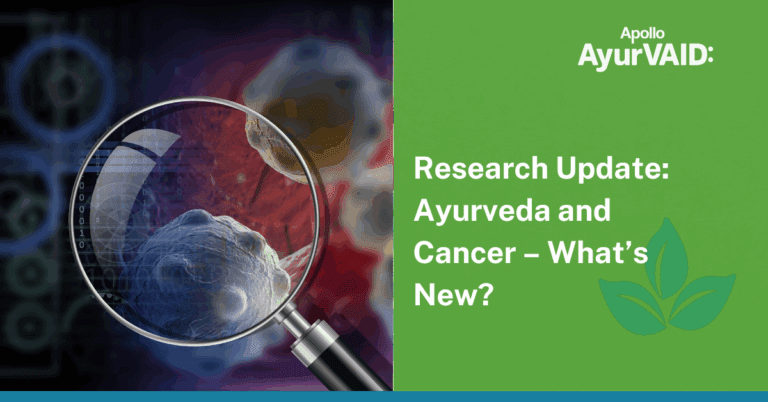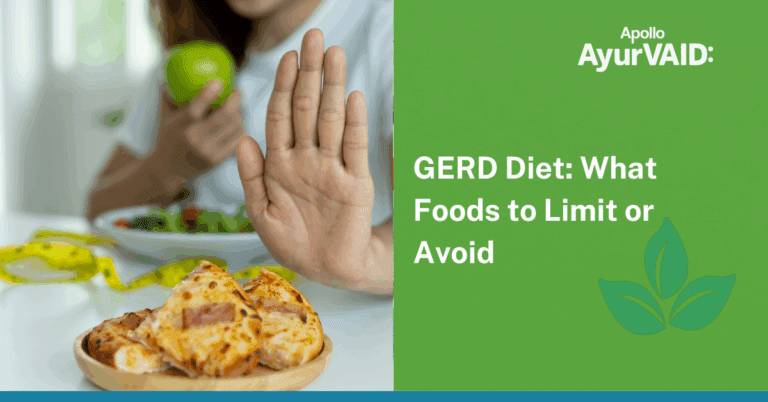Introduction
Polycystic Ovarian Disease (PCOD) is one of the most common endocrine-metabolic disorders affecting millions of women worldwide. It is characterized by hormonal imbalance, resulting in multiple small cysts in the ovaries. This comprehensive blog attempts to cover all facets of this condition, starting with PCOD symptoms and treatment through conventional and Ayurveda medicine.
While some people ponder about the possibility of a complete cure for polycystic ovarian disease, we will now explore evidence-based management protocols that can go a long way in controlling or sometimes even reversing the symptoms. This blog lays out the different modes of treatment available for polycystic ovarian disease, such as lifestyle changes, dietary changes, stress management, and special Ayurveda procedures that work in restoring hormonal balance. Additionally, practical and accessible home remedies for polycystic ovary disease are provided, which would empower women to take charge of their management from a natural standpoint to deal with the root cause rather than just appeasing the symptoms.

PCOD Symptoms and Treatment
PCOD (Polycystic Ovarian Disease) is characterized by the ovaries releasing multiple immature or partially mature eggs that eventually develop into fluid-filled sacs termed cysts. It is characterized by weight gain and fat distribution around the belly, irregularities in a woman’s periods, and chiefly by infertility. Nearly one-third of women worldwide are affected by PCOD. Key contributory factors include sedentary lifestyles, fluctuations in diet, low physical activity, and stress. Some women may notice such symptoms before the commencement of their menses, while many discover that they have the condition following weight gain or issues with infertility.
Symptoms Commonly Associated with PCOD:
- Irregular menstruation: Less than eight cycles or no periods are common. Menstrual cycles may be irregular or prolonged.
- Weight Gain: Of 80 percent women affected with PCOD, most are either obese or overweight.
- Heavy bleeding: The Periods might be accompanied by heavy bleeding, too.
- Anovulation: This may cause infertility if timely treatment is not given.
- Acne: Pimples over the face may appear.
- Hair loss: The ovaries will start producing androgens in excess, which leads to male pattern hair loss.
In Ayurveda, these symptoms are described under Artava vyapats (menstrual irregularities) or Pushpaghni Yoni Vyapat.
Treatment for PCOD often involves a multidisciplinary approach tailored to the individual’s presenting symptoms.
Lifestyle modifications are considered the primary line of treatment, including daily yoga practice, eating a balanced diet, and limiting dairy and fast food. Weight reduction in obese patients (BMI < 25) can improve menstrual abnormalities and infertility. Stress management is also crucial, and yoga can help reduce stress and its impact on hormonal balance.
Ayurveda treatment for PCOD involves a multi-pronged approach aimed at correcting hormonal imbalance, treating obesity and high cholesterol. This includes Panchakarma, especially Vamana (emesis) and Virechana (purgation), internal medicines for hormonal balance, obesity along with dietary and lifestyle changes.
Cure for Polycystic Ovarian Disease
PCOD is curable in the initial stage. Its symptoms can be well managed and reversed in some cases. Lifestyle changes, especially weight loss with as little as a 5-10% reduction, greatly improve the endocrine profile in PCOD cases. Lifestyle and dietary modification and physical activity can mitigate the symptoms.
Diagnosing early and giving proper treatment can greatly help limit further progression; hence, active management can alter the very nature of the condition.
Lifestyle changes with herbal medicine is a good combination approach for managing PCOD and improving the quality of life. These lifestyle changes should be sustained for long-term benefits.
NOTE: PCOD and PCOS are two different conditions afflicting the ovaries of women. PCOS is more complex and severe, mostly involving a lot of hormonal imbalances along with metabolic disturbances, while PCOD is just a disturbance of hormones. Women with PCOD may still ovulate regularly, while women with PCOS have ovulation issues. PCOD does not interfere with fertility, and women suffering from it can conceive through medication. PCOS would affect fertility, making it difficult for women to conceive. Long-term health risks of PCOS include type 2 diabetes, heart disease, and endometrial cancer. Protecting oneself from these health risks must be accomplished by timely management of the conditions. Though some symptoms may overlap, the management of both of them is necessary for healthy living.
Treatment for Polycystic Ovarian Disease
Treatment for PCOD is individualistic and depends on the presenting symptoms and the individual’s needs. It can involve a combination of approaches:
- Vamana (Emesis): It is a therapy that expels excess Kapha dosha from the body. It eliminates accumulated toxins and is useful in reducing obesity associated with PCOD. This treatment also clears obstructions in the ovarian channels, helping to balance hormonal imbalances.
- Virechana (Purgation): It helps mitigate Pitta dosha. This therapy helps with hormone metabolism and cleansing the liver, restoring hormonal balance and regularity of cycles. It also helps skin health by curing acne and pigmentation associated with PCOD.
- Vasti (Enema): Vasti is the best treatment for PCOD. This therapy regulates Apana Vata, alleviates menstrual disorders, reduces ovarian cysts, and enhances fertility by nourishing the reproductive organs.
These treatments work together to detoxify the body, balance the doshas, and rejuvenate the reproductive system; thus, an integrated healing method is provided to PCOD management.
Numerous herbs are mentioned for their potential benefits in managing PCOD by managing lipid profiles and hormones. They are administered internally to regulate the cycles.
Home Remedy for Polycystic Ovary Disease
The following home remedies and lifestyle changes will help in managing PCOD and prevent progression –
- Add vegetables, such as ridge gourd, bitter gourd, cucumber, carrot, etc., in diet cereals like yava (barley) and bajra.
- Include freshly cooked food.
- Drink warm water or a decoction prepared of cumin seeds every morning and night before sleeping.
- Soak one teaspoon of methi (fenugreek) seeds in lukewarm water overnight, drink the water in the morning, and chew the seeds.
- Roti prepared with barley, bajra, or whole wheat flour is beneficial.
- Cheela is made with gram flour, corn flour, or barley flour, with fenugreek leaves, grated carrot, beetroot, and spinach, cooked with only one teaspoon of ghee is also good alternative.
- Take seasonal fruits sprinkled with cumin, salt, and pepper.
- Old red rice with lentils like chana dal, soya beans, kidney beans, masoor, yellow moong dal, chickpeas, green gram, garlic, or mint in your diet is advantageous.
- Laddus or chikkis of sesame seeds and jaggery can be very beneficial in regulating the cycle.
- Avoid junk, fried, cold-drink, packed foods, and too many fats, sugar, and carbohydrates.
- Use tin containers as long as possible, and avoid plastic packaging.
- Walk at least 30 minutes daily for five days a week.
- Include Yoga and Pranayama into your daily routine, starting with 15 minutes and gradually increasing.
- Have a fixed bedtime and wake-up time, ensuring 6-8 hours of sleep.
- There are various yoga asanas like Suryanamskara, Bhaddhakaonasana, Naukasana, Dhanurasana, and Kapalbhati Pranayama for regulating a menstrual cycle and lowering sugar levels in blood, improving metabolism, and aids in reducing weight.
PCOD is a lifestyle disorder, and these home remedies focusing on diet, lifestyle modifications, and yogic practices can be effective in managing its symptoms and addressing the root causes.
Consult healthcare providers for treatment and personalised diet recommendations.
Conclusion
PCOD is a condition characterized by menstrual irregularities, infertility, and obesity. Ayurveda uses Panchakarma procedures to treat PCOD with other modalities to manage the condition comprehensively. Early intervention with internal medicines, dietary modifications, and yoga postures helps restore hormonal balance. Ayurveda medicine emphasizes early intervention, diet changes, and stress reduction to address the root cause of PCOD, providing a comprehensive framework for restoring the reproductive system and overall health.

References
- Jain, A et al. (2022). An Ayurvedic Approach to Manage PCOD – A Case Study. International Journal of Ayurveda and Pharma Research. https://doi.org/10.47070/
ijapr.v10i3.2256 - Karale, B, Bawane, V (2022). An Ayurvedic Review on Poly-Cystic Ovarian Disease. International Journal of Ayurveda and Pharma Research. https://doi.org/10.47070/
ijapr.v10i10.2579 - Mehjabin, H (2024). Ayurvedic Concept in Understanding and Management of PCOD. International Journal For Multidisciplinary Research. https://doi.org/10.36948/ijfmr.
2024.v06i01.14328 - Anshul et al. (2023). Ayurvedic Management of Polycystic Ovarian Disease. AYUHOM. https://doi.org/10.4103/
ayuhom.ayuhom_54_22 - Begum, M S, Areen, S (2023). Optimizing Polycystic Ovarian Disorder (PCOD) Treatment with Personalized Lifestyle and Nutrition Strategies. Journal of Clinical Medical Research. https://doi.org/10.46889/jcmr.2023.4306






